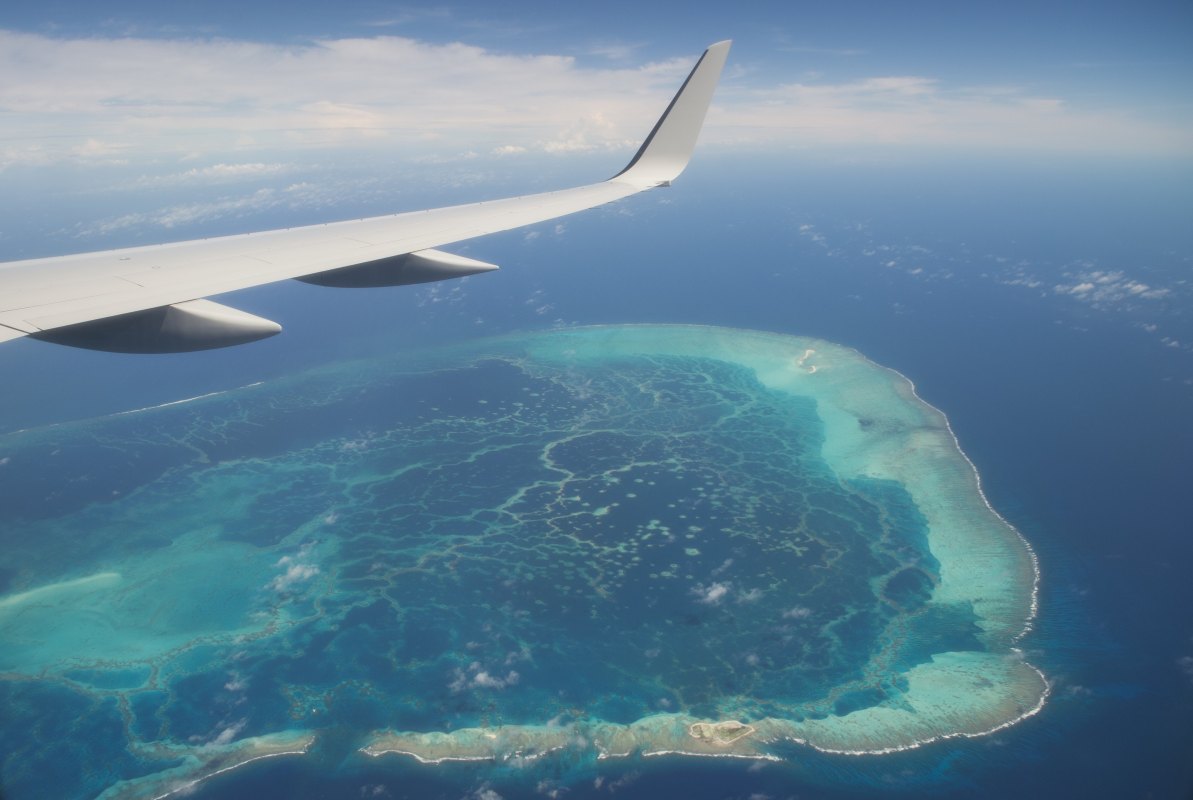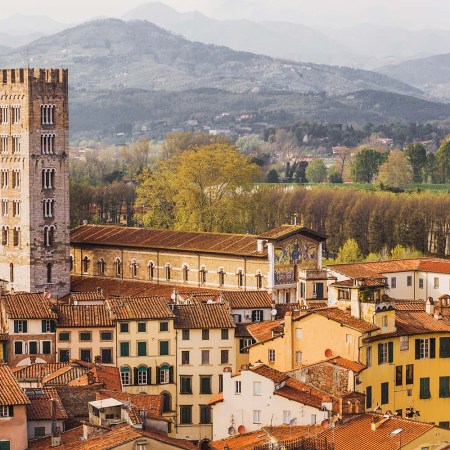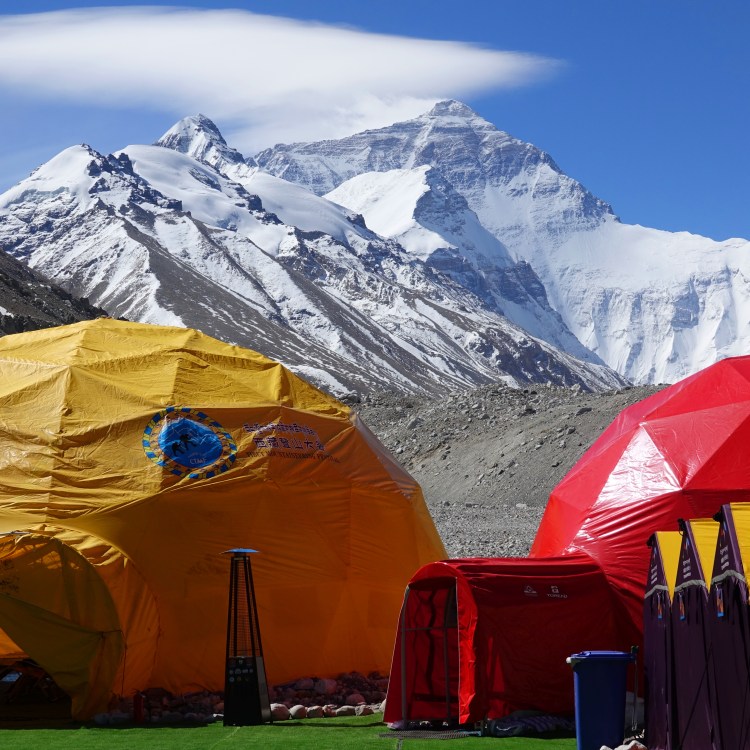Marine protected areas tend to be more resistance to disturbance and they may give us a fighting chance against climate change and overfishing, in the same way a boost of vitamin C helps your body fight the onset of a cold. Studies have shown that completely closing a portion of the ocean off to activities like fishing and drilling increases biodiversity while also helping to keep wildlife populations healthy, reports National Geographic. MPAs may also be the best chance to preserve the genetic material that can weather warmer waters as climate change continues. But a study published last March found that only around 3.6 percent of the world’s oceans are protected. The U.N. is nearing a 2020 deadline to protect 10 percent of the world’s oceans. So a group of ecologists, climate scientists and data scientists are beginning a project to map exactly where and when more marine protected areas should be created. They’ll focus on environmental hot spots that will produce positive results, like biodiversity and food availability from fisheries.
It wasn’t until February of this year that the International Union for the Conservation of Nature—a global organization responsible for classifying species as extinct, endangered or threatened—published a set of standards that state that a marine protected area is a region managed explicitly for conservation.
Thanks for reading InsideHook. Sign up for our daily newsletter and be in the know.


















